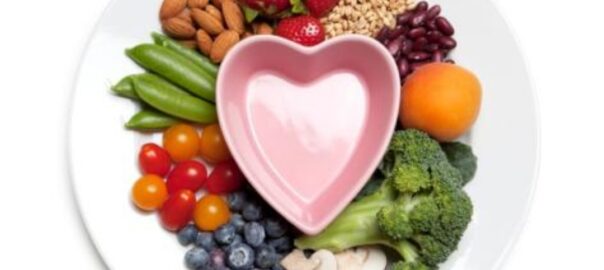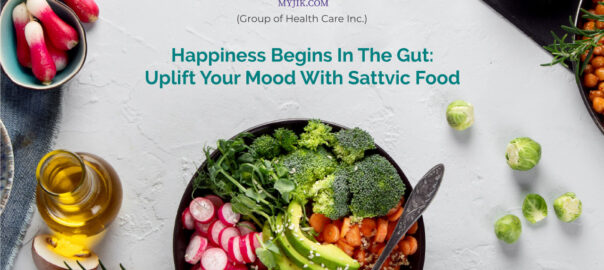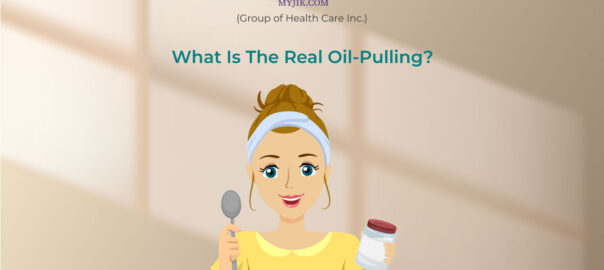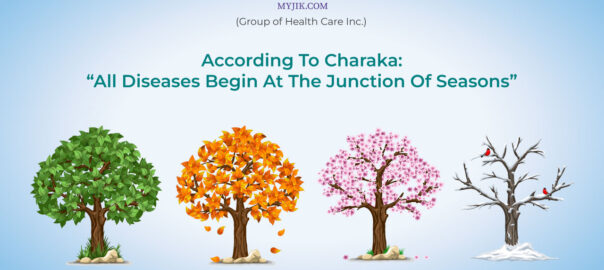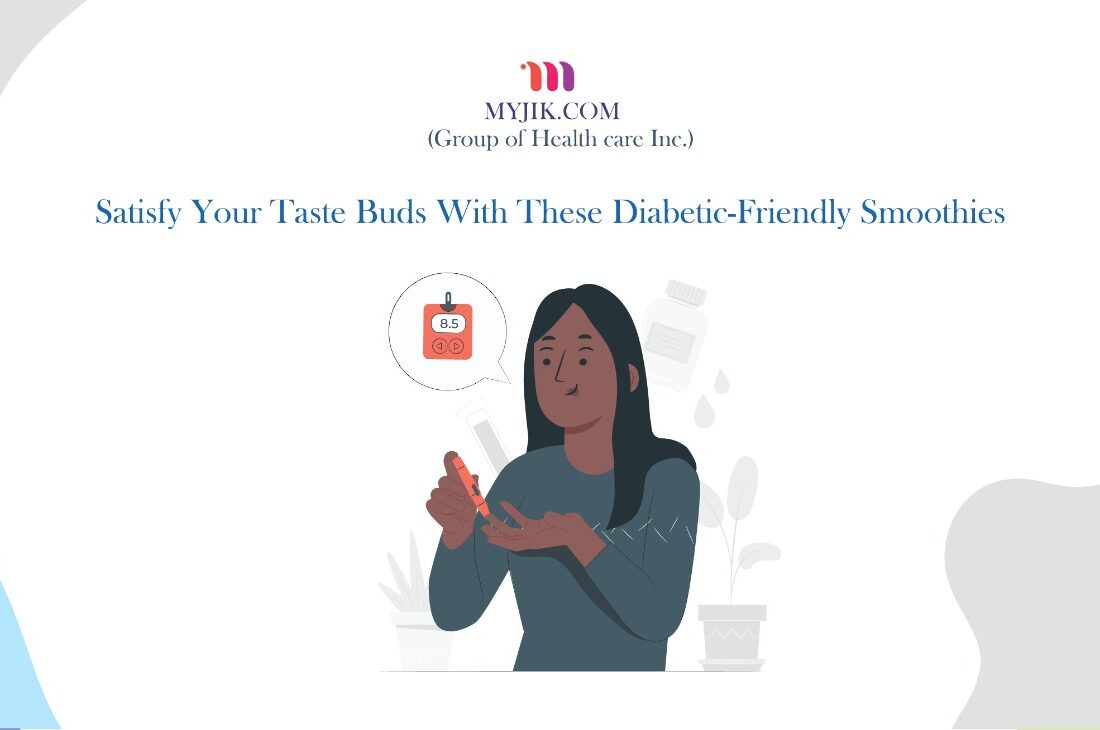
Did you know that having to say no to food when you are a foodie actually makes you crave it more? This is a feeling that most diabetics can relate to. But as a diabetic person, you needn’t say no to all of your favourite meals. Instead, you need to make healthier eating choices. One way is to eat a lot of fruits and vegetables, which are high in nutrition yet low in calories.
Yes, fruits are high in natural sugar, making it a strict no-no, but not every one of those needs to be skipped. You can pick fruits that give your body the required sugar intake without the unnecessary spike in sugar levels. Look for produce with a low glycemic load and low glycemic index, that will keep your blood sugar in check. To strengthen your bones and supply beneficial gut bacteria, consume plenty of probiotic-rich dairy foods and calcium.. Low-fat milk, Kefir, and Greek yoghurt are all good sources.
Another great option are smoothies. Smoothies are a great way to get protein, fibre, healthy fats, and other nutrients from fruits and superfoods like spinach and leafy greens. They pack a lot of nutrition into a small on-the-go cup and can taste more like a dessert than a healthy snack or meal.
Remember though that smoothies are not without flaws. If you make a morning smoothie at home your energising beverage can spike your blood sugar and then crash, leaving you feeling queasy and exhausted rather than satisfied.
If a smoothie is packed with healthy ingredients, it can spike blood sugar levels. A blood sugar crash can occur when blood sugar levels rise quickly and insulin rushes to get excess sugar out of your blood and into cells. Instead of feeling satisfied and energised, you may feel tired and hungry. Try to create versions of smoothies that leave you feeling full escaping the sugar roller coaster.
If you have diabetes and you spike your blood sugar with a smoothie or any other food or drink, your cells may not respond to insulin as well as they should, causing your sugar to stay elevated for longer. Headaches, fatigue, increased thirst, blurred vision, and difficulty concentrating are all possible side effects.
Here are a few correct ways to make your diabetes-friendly smoothie to satisfy your sweet tooth
- Add Healthful Fats
Some fats are beneficial to diabetics. Fats are important in the body because they can help reduce how sugar enters the bloodstream and makes a person feel full.
The following are some healthy fat sources to incorporate into your smoothie:
- Avocado
- Raw walnuts
- Peanut butter or Almond butter
- Seeds of chia
- Select A Protein
Protein is essential for slowing digestion and feeling full and satisfied. Food absorption is slowed by high-protein smoothies, which slow the rate of sugar entering the bloodstream. It also aids in the maintenance of muscle mass, which helps in the regulation of blood sugar.
- Greek yoghurt (Plain)
- Protein powder: vegan, whey, rice, pea.
- Cottage cheese
- Silken tofu
- Include Fibre
Fibre comes in two types: soluble and insoluble:
- Soluble fibre is more difficult for the body to break down. This means it takes longer to release the energy d, lowering the risk of a glucose spike.
- Insoluble fibre improves digestive health and decreases food absorption in the gastrointestinal tract.
These things can help a diabetic individual by lowering their chance of a spike in their blood sugar, a cholesterol buildup, and weight gain resulting fromf overeating due to a lack of fullness. In this manner, Fiber can reduce the risk of diabetes and high blood sugar problems as well as improve overall health.
High-fibre ingredients to consider for a smoothie typically involve:
- Nuts
- Chia seeds
- Most fruits, including peaches, raspberries, oranges, and blueberries
- Leafy green vegetables such as kale spinach
- Add Nutrition And Flavor Without Sugar
Spices and herbs are nutrient powerhouses. Other ways to add flavour to your smoothie without adding sugar are as follows:
- Almond, vanilla, peppermint, or other extracts, but not syrups
- Cacao nibs or unsweetened cocoa powder.
- Black coffee
- A pinch of spice, such as ginger, cinnamon, nutmeg, or turmeric
- Fresh herbs, such as basil, mint or coriander
- Make A Meal Out Of It
A smoothie may appear to be a drink, but it can have the same amount of carbs and calories as a complete meal. Consider the carb and calorie levels of the smoothie before using it as a substitute for a meal or as a light snack.
Conclusion
A smoothie can be a healthy and delicious way to start the day or a fruit or vegetable snack in between meals. A diabetic should, however, verify the ingredients to ensure that it does not include any added sugar.
Please Note:
The information provided in this article is for patient awareness only and not a replacement for a doctor’s advice. Please check with your doctor before trying anything suggested in this article.




